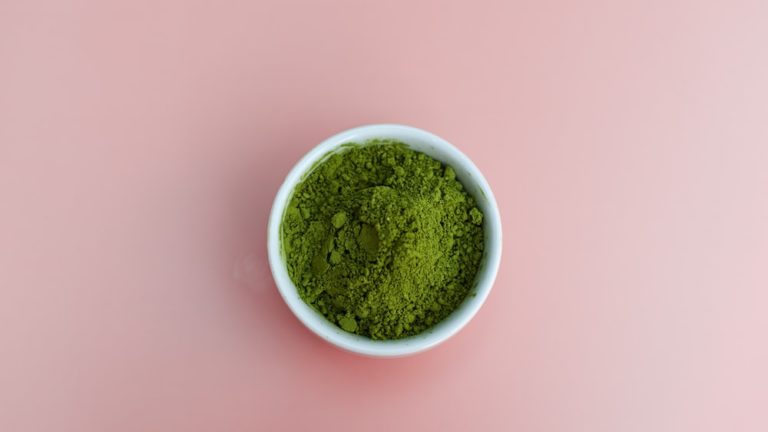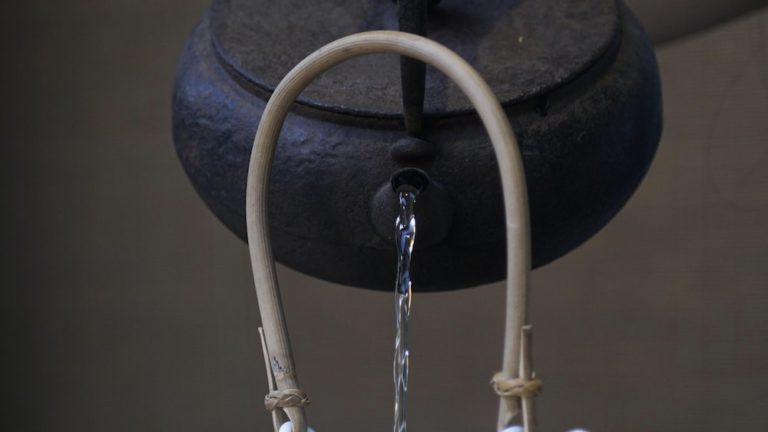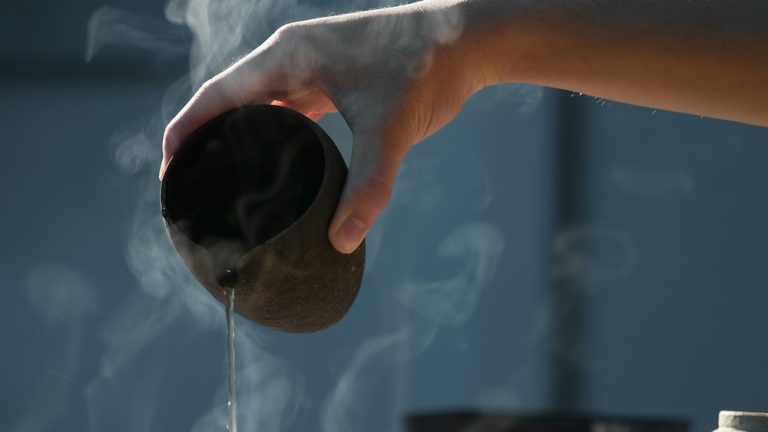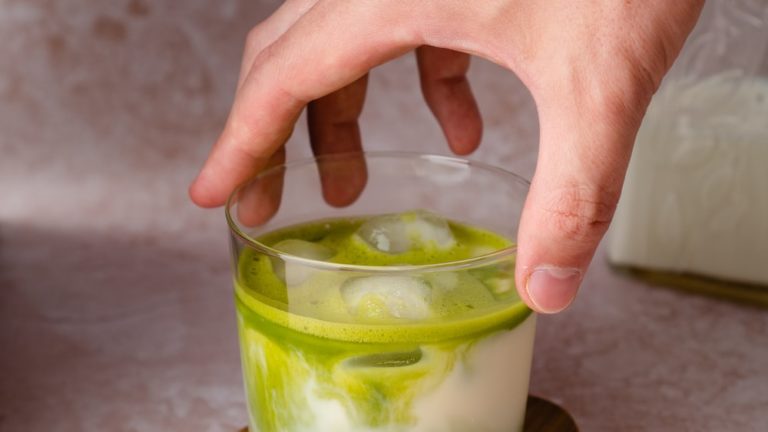11 Ways To Make Matcha Tea Taste Better: What Can You Put In Matcha Tea To Make It Taste Better?
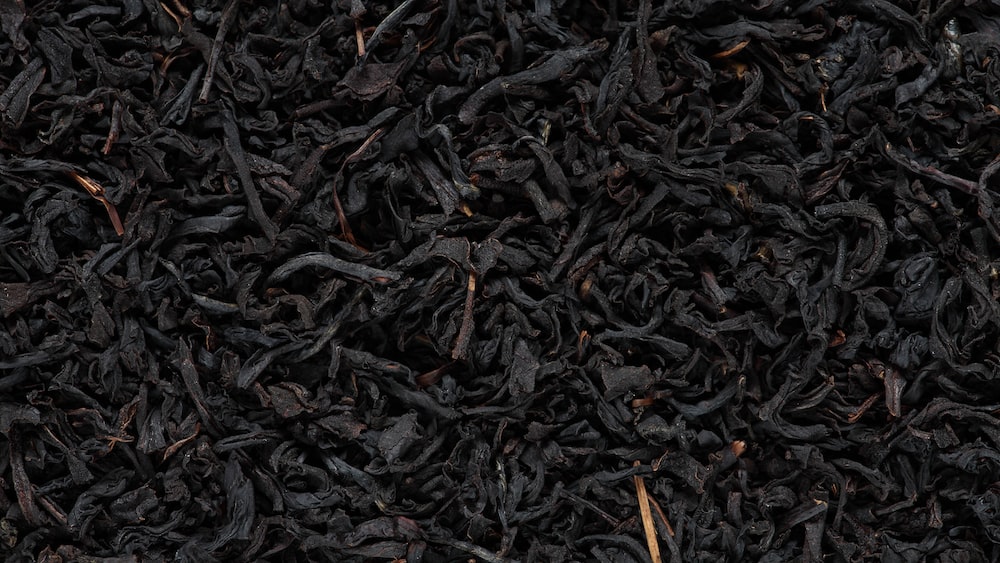
11 Ways To Make Matcha Tea Taste Better: What Can You Put In Matcha Tea To Make It Taste Better?
Hello there, tea enthusiasts! Remember the last time you tasted your steaming cup of matcha, with its flavors swirling like dynamic dancers, and thought – something’s missing? A certain ‘oomph’ factor, perhaps? Well, what if you could tease your taste buds with new matcha flavors? I mean, why should your tongue tremble like a rabbit before winter, forced to endure the same old green goodness every day?
Hang on to your mugs, dear readers! Today, we will immerse ourselves in a delightful exploration of matcha, the verdant powerhouse of antioxidants that’s redefining healthy, hip lifestyles worldwide. Not only will we unveil the secrets of its unique taste, but also dive into the art of preparing matcha. You’ll also be taken on a taste adventure to discover 11 ways to elevate the classic matcha allure. Trust me, your tongue will thank you!
Understanding Matcha Tea
Rome wasn’t built in a day, and neither will your matcha wisdom. Before we rush into mastering the art of making matcha tea taste better, let’s set down the foundations. Let’s delve into the vibrant, mysterious world of matcha. After all, as they say, knowledge is power, and understanding your enemy – or in our case, the tea – is half the battle against bland tea, right?
What is Matcha Tea?
So, here’s the tea-411 on matcha. Matcha – the paragon of health drinks, the zenith of green gold, the most photo-worthy component of creamy lattes. This delicate powder originates from Japan where it’s involved in time-honored tea ceremonies. Matcha is essentially derived from the same undulating, green tea gardens as your conventional tea, but the cultivation process is as different as night and day.
The tea leaves destined for matcha production live a pampered life, swaddled in shade for their last growing weeks. This process enhances the chlorophyll, gives the leaves a deeper green color, and increases L-theanine levels, impacting the tea’s flavor profile significantly. After harvesting, leaves are de-veined, de-stemmed, and stone ground into a fine powder. That, ladies, gentlemen, and tea aficionados, is one elaborate debut for our hero, the matcha!
Matcha is a delicate, shade-grown green tea powder that is highly cherished and has a unique flavor profile due to its cultivation process.
The Unique Taste of Matcha Tea
Now that we’ve discerned ‘whats,’ let’s venture into the ‘whys’ – why does matcha taste uniquely, well, matcha-esque? Imagine your shock if you were prepared for the docility of a hamster but were greeted by a feat of acrobats instead! Something similar might happen when you take your first sip of matcha. For those unaccustomed to its vivid verdant flair, it might feel like your tastebuds have been hijacked by Ninja Turtles.
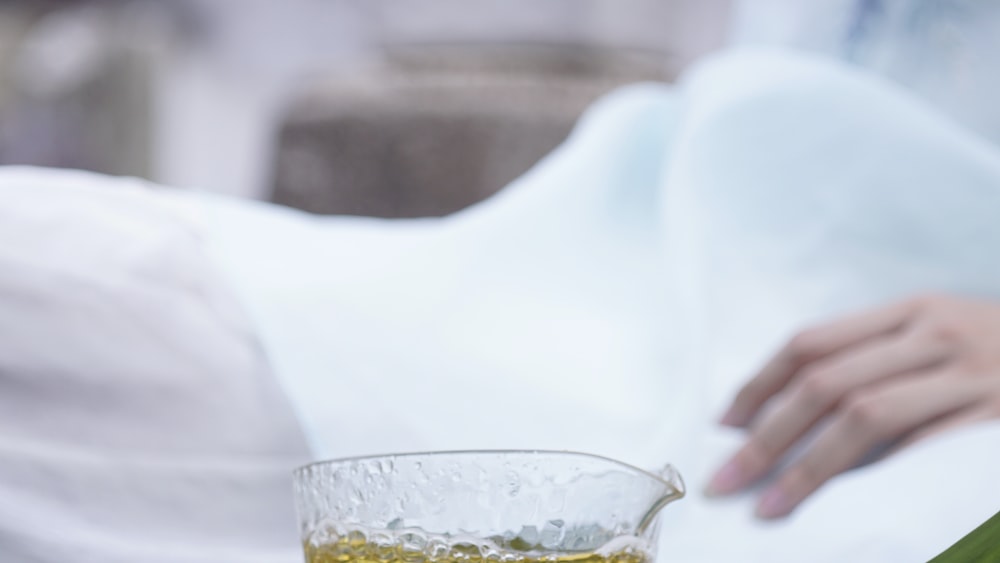
Restrained notes of grass mingle with a tinge of bitterness akin to dark chocolate, giving it a distinctly vegetal, umami flavor. On top of that, the smooth creaminess leaves a lingering sweetness in your mouth, the aftermath of all that L-theanine and amino acid goodness. The complex taste might be an overwhelm for some matcha virgins.
To fully appreciate matcha, you need to treat it like a symphony. Allow the flavors to crescendo in your mouth one by one, and maybe even include the sniffles. You heard that right – the aroma is also an integral part of the matcha experience. Its unique, fresh, and grassy scent prepares your tastebuds for the flavor ride ahead.
The Art of Preparing Matcha Tea
You don’t need a tea sommelier’s training or a B.Sc. in Tea Technology to make perfect matcha. Really, all you need is some patience, a bit of practice, and an understanding of basic matcha principles, which we are about to delve into now.
Choosing the Right Matcha Tea
Choosing the right matcha is just as important as choosing the right partner – wrong decision, and you end up with bitterness (well, you get the point). Jokes apart, as with all good things, not all matcha powders are made equal. If you walk down the tea aisle of a store, you’re bound to come across a myriad of matcha options, ranging from herbal matcha to even imitation matcha. Yikes!
Settle for high-quality, grade matcha. You’re not just paying for the taste, but also the vibrant green hue and the health benefits. Fancy names and fancy packaging don’t necessarily equal quality, remember that! Cheap matcha often has less vibrant color, has a grittier texture, and is likely devoid of the sweet, fresh, nuanced flavors. Don’t fall into the trap. You may even find “culinary” versus “ceremonial” grade matcha, which, although both great options, will result in subtle differences in the final flavor.
The Correct Way to Brew Matcha Tea
All that glitters is not gold, and all that is green is not necessarily well-brewed matcha. Once you’ve chosen the right tea, remember that the brewing process will make or break your matcha experience. Wield your matcha whisk like a knight brandishing his sword in preparation for a duel, and take heed of the water temperature.
A winner brew requires hot but not boiling water. An ideal temperature is around 70-85 °C (158-185 °F). Too hot, and the matcha becomes a bitter battleground, and too tepid, and the flavors refuse to peek out. Start with a tiny amount of just-boiled water to create a paste with the powder. Then add the rest of the water. Whisk in an “M” or “W” pattern until frothy. It’s part science, part intuition, and part love affair.
11 Ways to Make Matcha Tea Taste Better
Have you ever wondered how many ways you can drink your matcha? Straight and simple, mixed with milk, with a hint of sweetener, or even worked into a decadent dessert? We’ve crafted a list of 11 ways to turn your daily dose of matcha into a spectacular taste intrigue that will leave you craving for more. Hold on to your teacups!
1. Using High-Quality Matcha
There’s regular matcha, and then there is high-quality matcha, the crème de la crème of the matcha world, akin to the VIP section at a glitzy event that’s the talk of the year. Luxuriate your palate by getting your hands on some superior, high-grade matcha.
Sourcing high-quality matcha is like reaching Olympus in the realm of teas. Conditions like soil quality, temperature, processing method – everything matters! High-grade matcha is a sensuous shade of vibrant green, with an irresistible smooth and sweet flavor, unmarred by an overpowering bitterness. While it might set you back a few extra dollars, you’ll no doubt relish the luxuriously delicate, naturally sweet, and rich umami flavor.
Matcha aficionados will confirm – there’s no greater crime than choosing a high-quality matcha only to misuse it. So bring out your bamboo whisk and your tea bowl. It’s time to elevate your matcha game!
Sourcing high-quality matcha is like reaching Olympus in the realm of teas, with conditions like soil quality, temperature, and processing method all playing a crucial role in creating a sensuous shade of vibrant green, smooth and sweet flavor, and rich umami taste that should be savored and enjoyed with care.
2. Adjusting the Water Temperature
The perfect ballet of delightful matcha tea involves a careful performance of hot and cold. A pivotal main character in this tale is the temperature of the water. Oh yes, my tea-loving friend, water isn’t just H2O when it comes to making cooking grade matcha or any other tea.
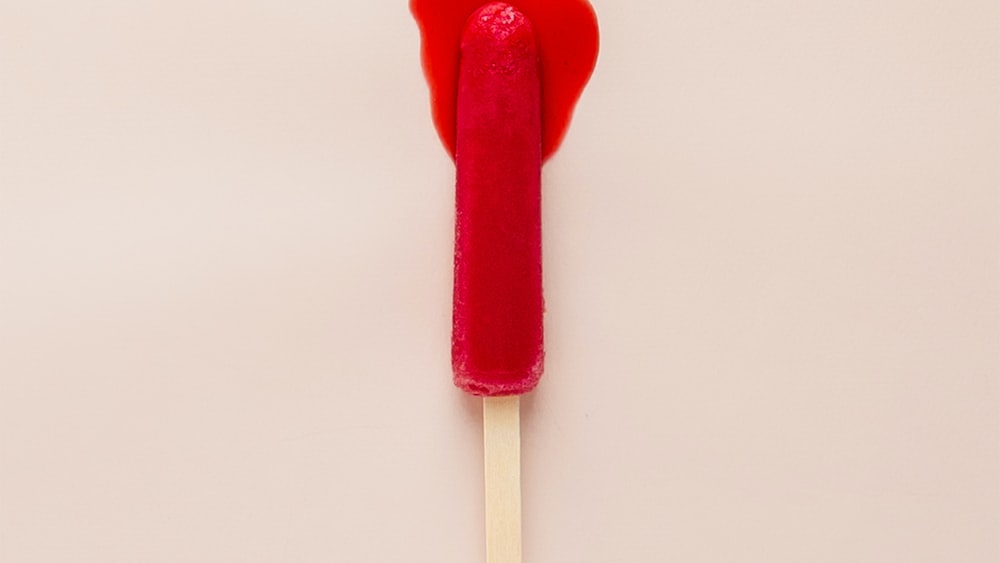
Ideally, the temperature hovers around 158-176°F (70-80°C). A real Goldilocks scenario, not too hot, not too cold, just right. Too hot, and your tea might throw a diva tantrum, tasting too bitter; too cold, and it might become shy, not releasing all of its potential flavors. Adjust your kettle notch or thermometer for a perfect harmony of temperature for your green liquid wonder.
3. Adding Sweeteners
Here’s an idea to tickle your sweet tooth – adding delightful sweeteners! Pardon the pun, but this is where it gets a tad saccharine. Your tastes are unique, like a signature dance move; thus, you need a sweetener that fits your groove. From the robust taste of natural honey to the sugar-free charm of stevia, there are options galore.
It’s all about striking the right balance; adding too much can hide the matcha’s naturally beautiful flavor, and too little might not curb the matcha tea’s inherent bitterness. So, whether you’re a fan of brown sugar or agave nectar, go forth and discover your perfect sweet melody.
4. Mixing with Milk or Non-Dairy Alternatives
Want to add a creamy twist to your steaming cup of matcha tea? Well, you’re in luck! Try mixing your brew with milk or non-dairy alternatives. This not only makes your tea creamy but also adds a light touch of additional flavors to your sipping experience.
Playing with milky options unveils a world of fruitful experiments. Cow milk, almond milk, soy milk, coconut milk, rice milk, even oat milk! Take the leap and discover your taste buds’ milky delight. And not to be forgotten, fans of lactose free or vegan versions! There is a plethora of non-dairy choices to dip your matcha spoon into.
5. Incorporating Flavored Syrups
Looking to add an unexpected twist to your matcha tea? How about the sugary echoes of flavored syrups! Much like a melodious song with a surprising bridge, the right syrup can make your matcha taste even more dynamic.
From the classic vanilla or caramel to the bold hazelnut or Irish cream, flavored syrups are an easy and delightful way to customize your matcha. Take their sweet time and experiment with different syrups to find out which melody suits you the most.
6. Adding Spices
Here’s an idea that spices up your life, or at the very least, your tea – literally! From the warmth of cinnamon to the zesty punch of ginger, spices can add a world of flavors to your matcha tea.
You could even make a matcha version of the classic Chai tea. Just whisper fragrant spices like cardamom, cloves, and black pepper into your tea. The result? A delightful dance of spiced matcha that will not only taste heavenly but offer health benefits.
Spices can add a world of flavors to your matcha tea, creating a delightful and healthy spiced matcha experience.
7. Combining with Other Teas
Let’s move onto an adventurous overture – combining matcha with other green teas! Curious orchestra of flavors, isn’t it? Just imagine, the bold, robust flavor of matcha harmonizing with the subtle notes of Sencha or the sweet aftertaste of Genmaicha.
Each green tea has its unique personality. When they come together, they produce a worldly symphony of flavors. It’s like creating a tea-blend playlist with your favorite green tea melodies.
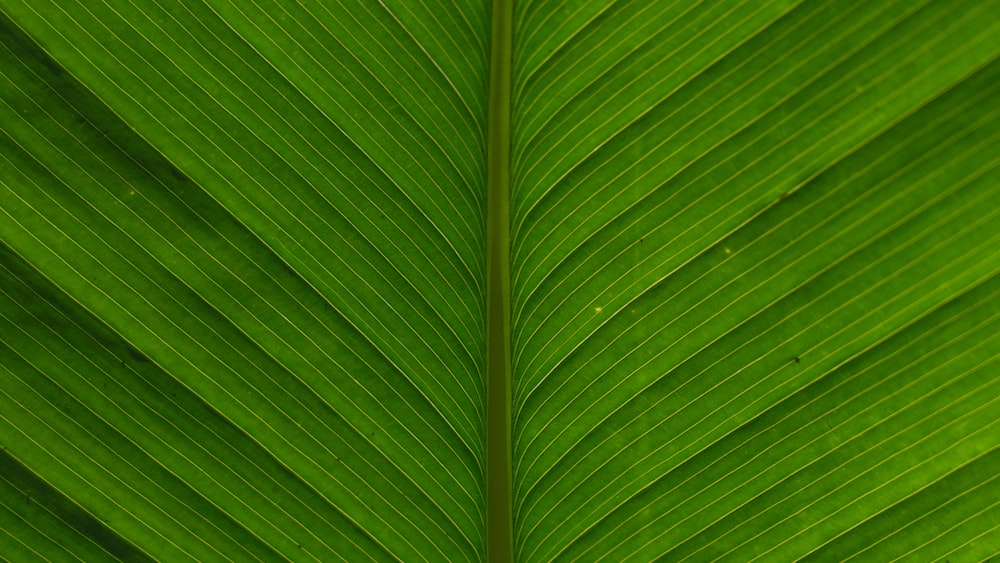
8. Infusing with Fruits
Allow me to introduce a vibrant choir to our tea opera – fruits! The addition of fruits can make your matcha tea taste fresher and complement the tea’s natural flavors. Think about the tartness of lemons balancing the bitter tone of matcha, or strawberry’s sweet notes complementing the earthiness.
Your matcha could be a delectable fruit salad of flavors, from the tropical medley of pineapple and coconut to the traditional pairing of apple and cinnamon. With the infusing dance of fruits, you may never run out of fresh taste combinations to try.
9. Making Matcha Latte
Ah, the Matcha Latte, the rockstar of the matcha tea world. Beloved by baristas and consumers alike, this creamy tea concoction offers a palatable mellow that tempers matcha’s natural strong flavor.
Just like a favorite song played on repeat, matcha latte can quickly become a comforting daily routine. All you need is high-quality matcha powder, your choice of milk (or non-dairy alternative), and an optional sweetener. Enjoy the creamy, frothy goodness as a soothing morning ritual or an afternoon indulgent treat.
10. Creating Matcha Smoothies
Now, this idea is nothing short of genius for you green tea lovers who also happen to be smoothie fanatics! Any novice tea drinker can kickstart their day with a vitamin-packed, antioxidant-rich Matcha smoothie. Thanks to Matcha’s versatile nature, it pairs harmoniously with many fruits. Imagine the flavor of spinach, kale, or other green goodies dancing cozy tango with matcha in the arena of your blender.
The icing on the smoothie? You can easily use your preferred tea leaves in your matcha-based morning concoction. Your imagination is the limit when preparing matcha smoothies. You can mix your matcha with banana, add a dollop of Greek yogurt for creaminess, or tint it with a dash of honey for sweetness.
11. Experimenting with Matcha Desserts
If you’re asking, “Can Matcha desserts become my new guilty pleasure?” then the answer is a thundering “YES!” Existentially, why shouldn’t the mystical, grassy magic of matcha descend upon realms of desserts? From cakes to cookies, from cupcakes to puddings, inviting Matcha to this party is non-negotiable.
Creating matcha-infused desserts allows your matcha to swap the tea bags out for an apron. They’re easy enough to make that even the most butter-fingered bakers among us can pull them off. You can even effortlessly incorporate matcha into the batter of your favourite recipes.
Let’s not forget the majestic matcha ice cream, a delight that makes every bite a trip to Uji, Japan. So, go ahead folks! Loose yourself up and have a field day experimenting with Matcha in the sweet sphere of desserts.
Frequently Asked Questions (FAQs)
1. What are the health benefits of Matcha Tea?
Let’s explore a part of the myriad health benefits of Matcha Tea, shall we? Rich in antioxidants, matcha offers protective effects against heart disease and cancer, while promoting better blood sugar regulation and anti-aging. It has also been associated with weight loss and a boosted metabolism.
2. Can I use any type of Matcha for these recipes?
Using any type of Matcha for these recipes may not yield the same results. High-grade Matcha offers a richer, creamier taste and contains more antioxidants, making it an optimal choice.
3. Is there a specific temperature for brewing Matcha Tea?
There is indeed a specific temperature for brewing Matcha Tea. Optimal extraction happens at around 175 degrees Fahrenheit (80 degrees Celsius). Remember, boiling water could cause bitterness and a less pleasant experience.
4. Can I use any sweetener for my Matcha Tea?
Yes, you can use any sweetener for your matcha tea. The choice of sweetener is indeed subjective. Honey, agave nectar, stevia, or traditional sugar – the world is your oyster!
Conclusion
Well, dear tea-drinkers, we’ve reached the bottom of our tea cups. Together, we’ve journeyed from the rolling hills of Uji to your kitchen, exploring the robust universe of matcha. From its historical reverence to modern culinary exploration, the green, finely powdered Japanese tea has proven to be a versatile companion.
Remember to keep experimenting, keep discovering. Relish the bitter notes, savor the sweetness and above all, enjoy the journey of becoming a matcha aficionado. And always keep a pack of high-quality matcha within an arm’s reach, be it for a quick pick-me-up tea or a covert health-booster in your smoothie. Fair winds and full tea cups to you!
Take time to digest all you’ve learned today about Matcha. Breathe it in and take a sip from the cup of knowledge. Feel the magic of Matcha infuse your senses and remember, every swirl and stir of matcha tea is a tribute to its past, a celebration of the present, and a toast to your wellness evolution. Keep brewing, friends! Until next time – Zoe.


